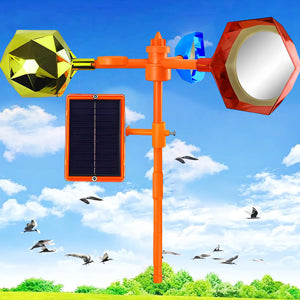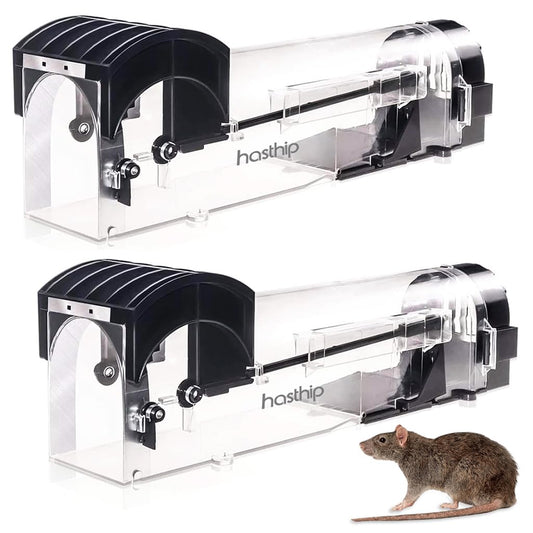Vertical Farming: A New Way to Grow Food in India
Share
Vertical farming is a type of agriculture that grows crops in vertically stacked layers. This type of farming can be used to grow crops in urban areas, where there is limited land available. Vertical farming has a number of advantages over traditional farming methods, including:
- Less land required: Vertical farms can produce the same amount of food as traditional farms in a fraction of the space. This is because crops are grown vertically, rather than horizontally.
- Less water required: Vertical farms use less water than traditional farms. This is because water is recycled and reused in vertical farms.
- Less pesticides required: Vertical farms use less pesticides than traditional farms. This is because crops are grown in a controlled environment, which makes them less susceptible to pests and diseases.
- Year-round production: Vertical farms can produce food year-round, regardless of the weather. This is because crops are grown in a controlled environment, which protects them from the elements.
Vertical farming is a new and innovative way to grow food. It has the potential to revolutionize the way we produce food in India. Vertical farming can help to address the challenges of food security and urbanization in India.
How Does Vertical Farming Work?
Vertical farms use a variety of technologies to grow crops in a controlled environment. These technologies include:
- Hydroponics: Hydroponics is a method of growing plants without soil. Plants are grown in a nutrient-rich solution.
- Aeroponics: Aeroponics is a method of growing plants in a mist of nutrient-rich water.
- Aquaponics: Aquaponics is a method of growing plants and fish together. The waste from the fish is used to fertilize the plants.
The Benefits of Vertical Farming
Vertical farming has a number of benefits over traditional farming methods. These benefits include:
- Less land required: Vertical farms can produce the same amount of food as traditional farms in a fraction of the space. This is because crops are grown vertically, rather than horizontally.
- Less water required: Vertical farms use less water than traditional farms. This is because water is recycled and reused in vertical farms.
- Less pesticides required: Vertical farms use less pesticides than traditional farms. This is because crops are grown in a controlled environment, which makes them less susceptible to pests and diseases.
- Year-round production: Vertical farms can produce food year-round, regardless of the weather. This is because crops are grown in a controlled environment, which protects them from the elements.
The Challenges of Vertical Farming
Vertical farming is a new and innovative way to grow food. It has the potential to revolutionize the way we produce food in India. However, there are a number of challenges that need to be addressed before vertical farming can become a mainstream method of food production. These challenges include:
- Cost: Vertical farms are more expensive to set up and operate than traditional farms.
- Technology: Vertical farms require advanced technology to grow crops in a controlled environment.
- Regulations: Vertical farms are subject to a number of regulations, which can make it difficult to get started.
The Future of Vertical Farming
Despite the challenges, vertical farming has the potential to revolutionize the way we produce food in India. Vertical farming can help to address the challenges of food security and urbanization in India. As the population of India continues to grow, the demand for food will increase. Vertical farming can help to meet this demand by providing a way to produce food in a sustainable and efficient way.
If you are an Indian farmer, you should consider vertical farming as a way to grow food in the future. Vertical farming can help you to increase your profits, reduce your environmental impact, and produce food that is safe and healthy for your customers.















